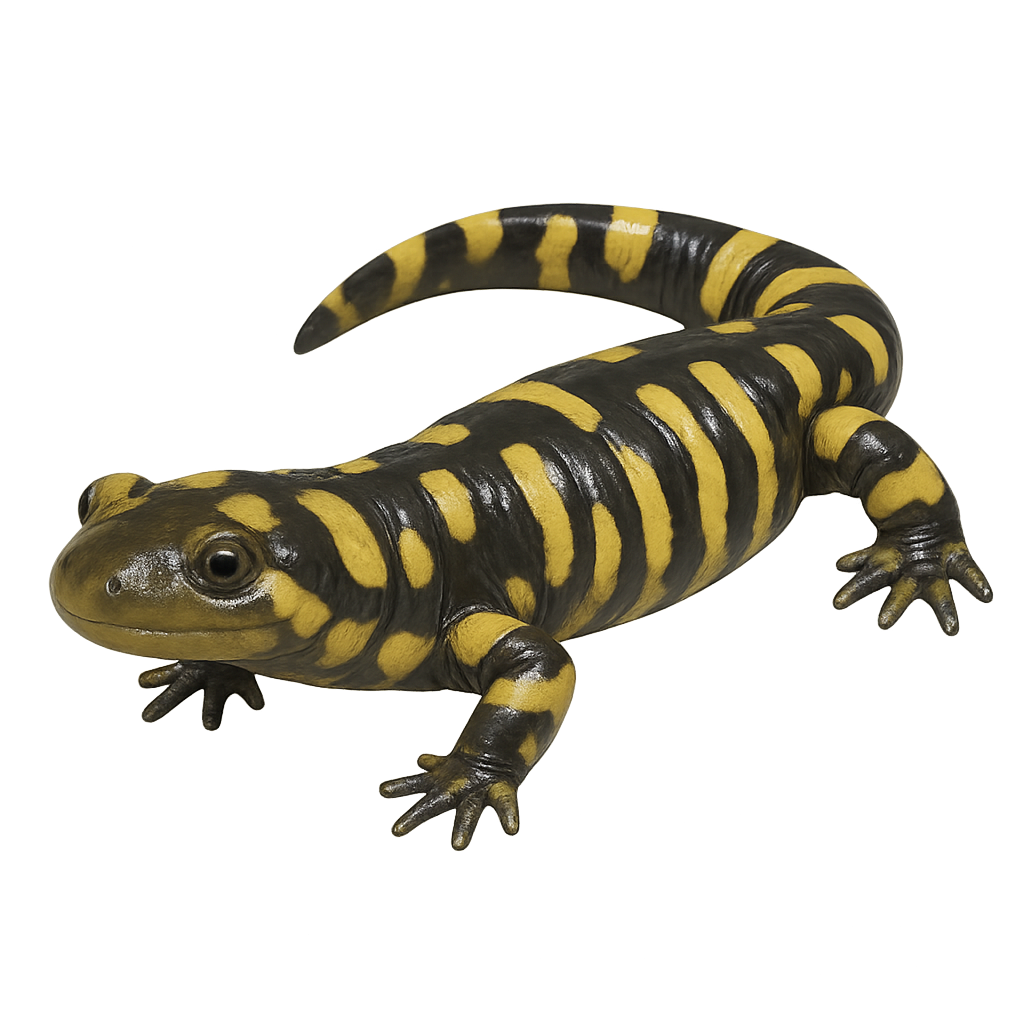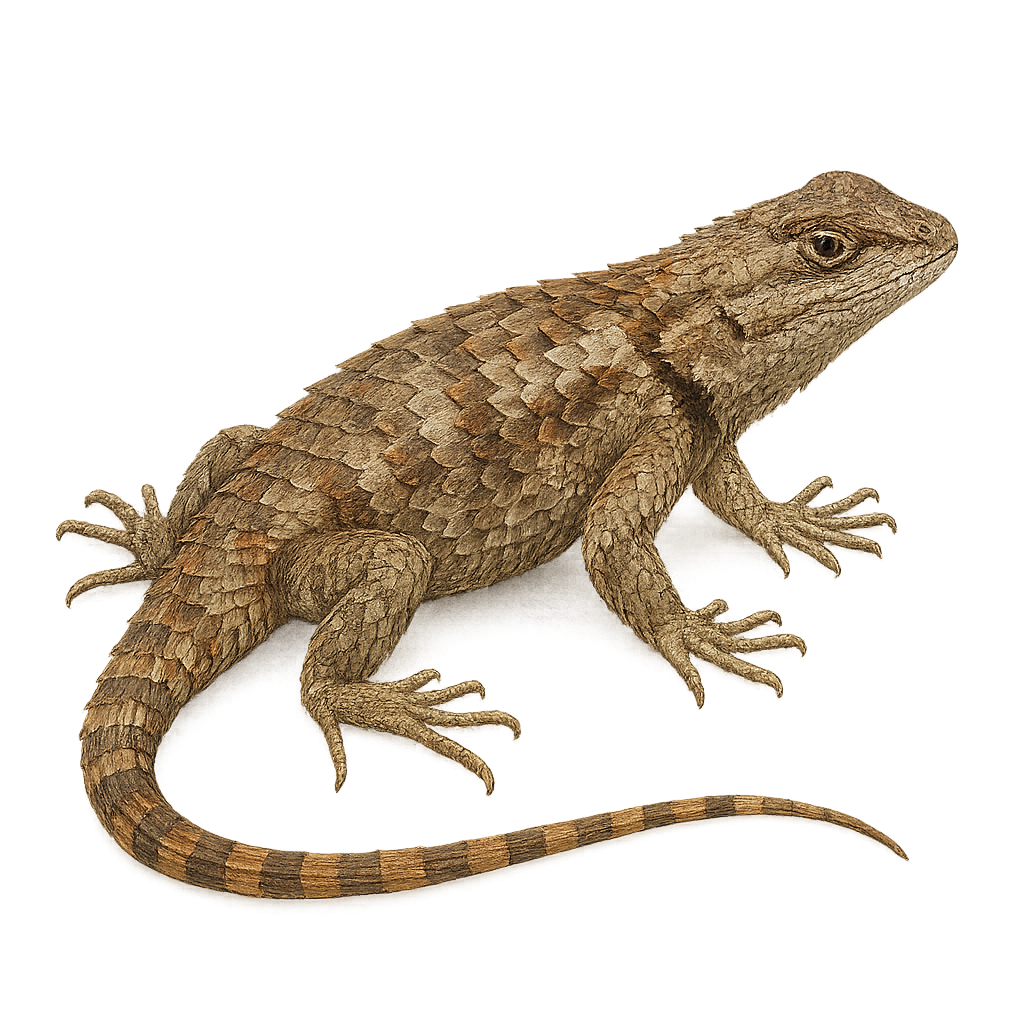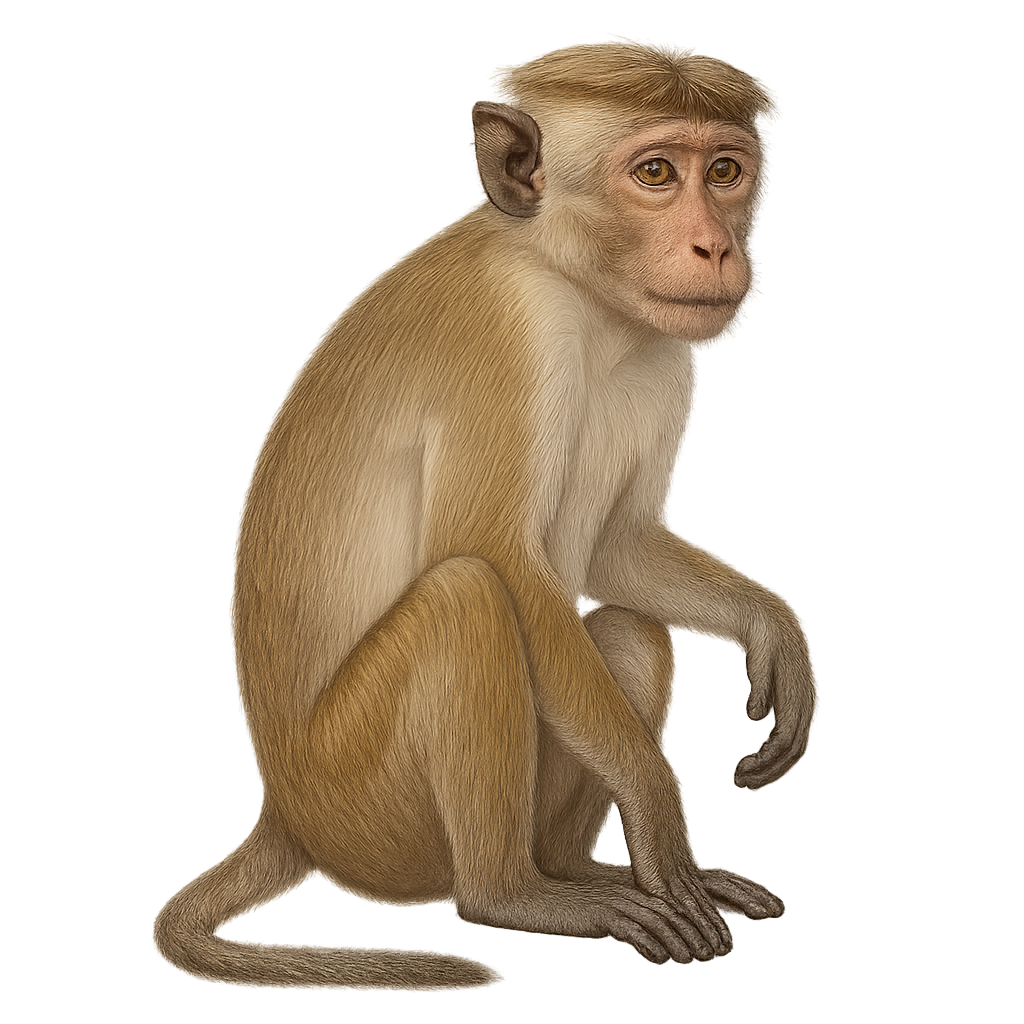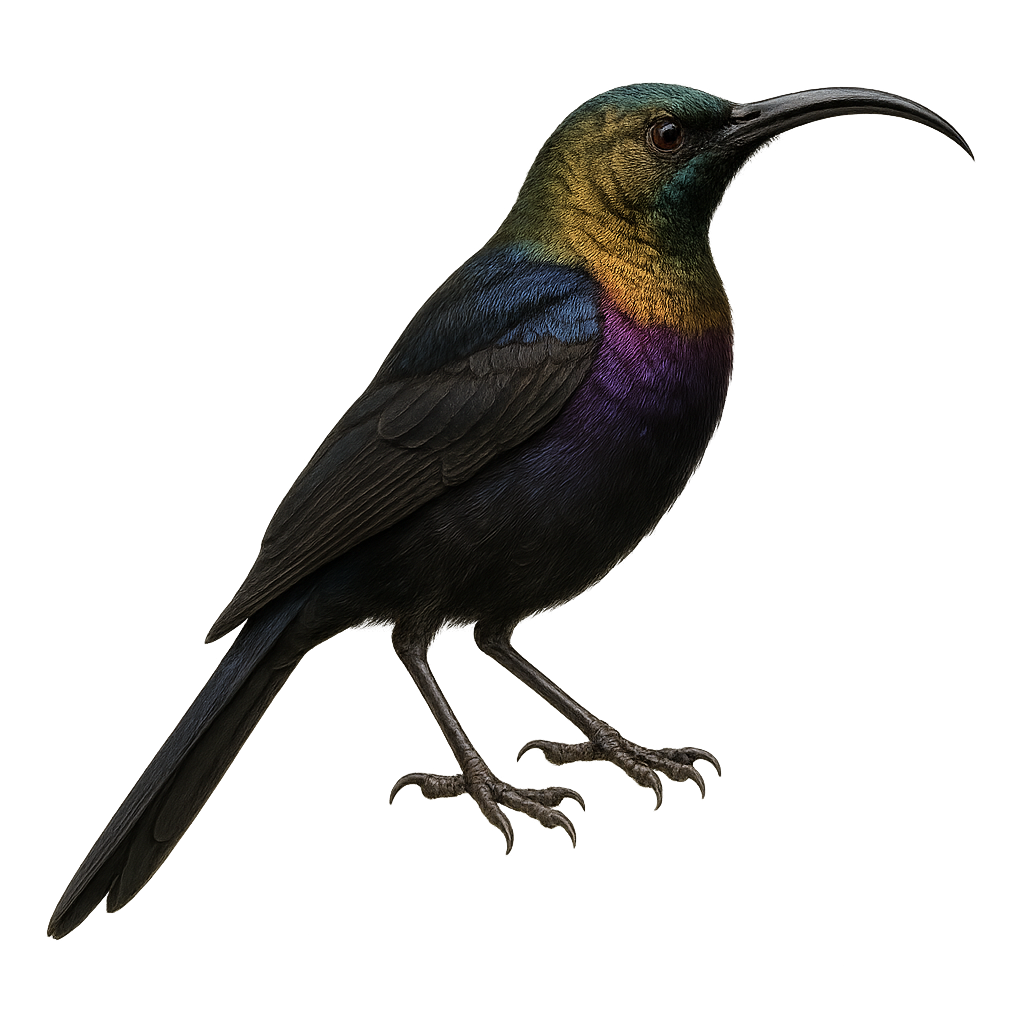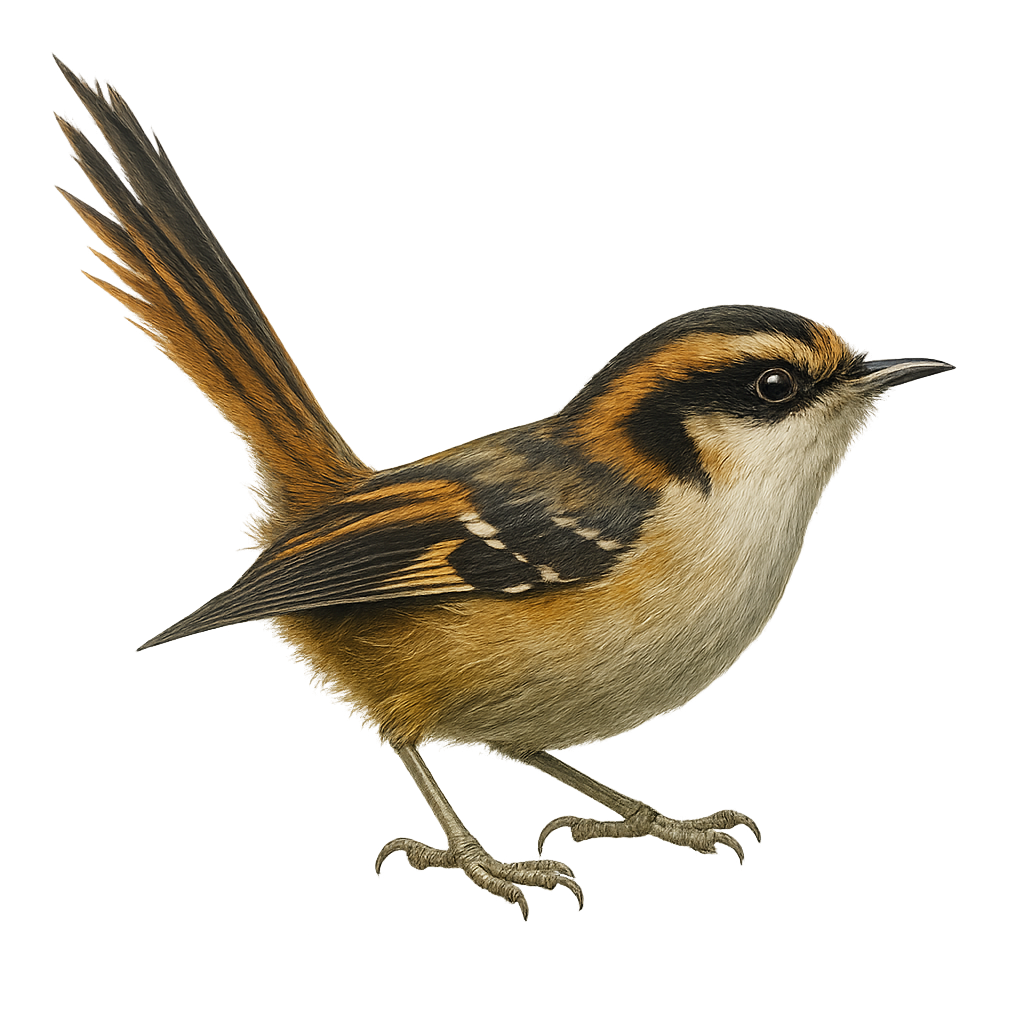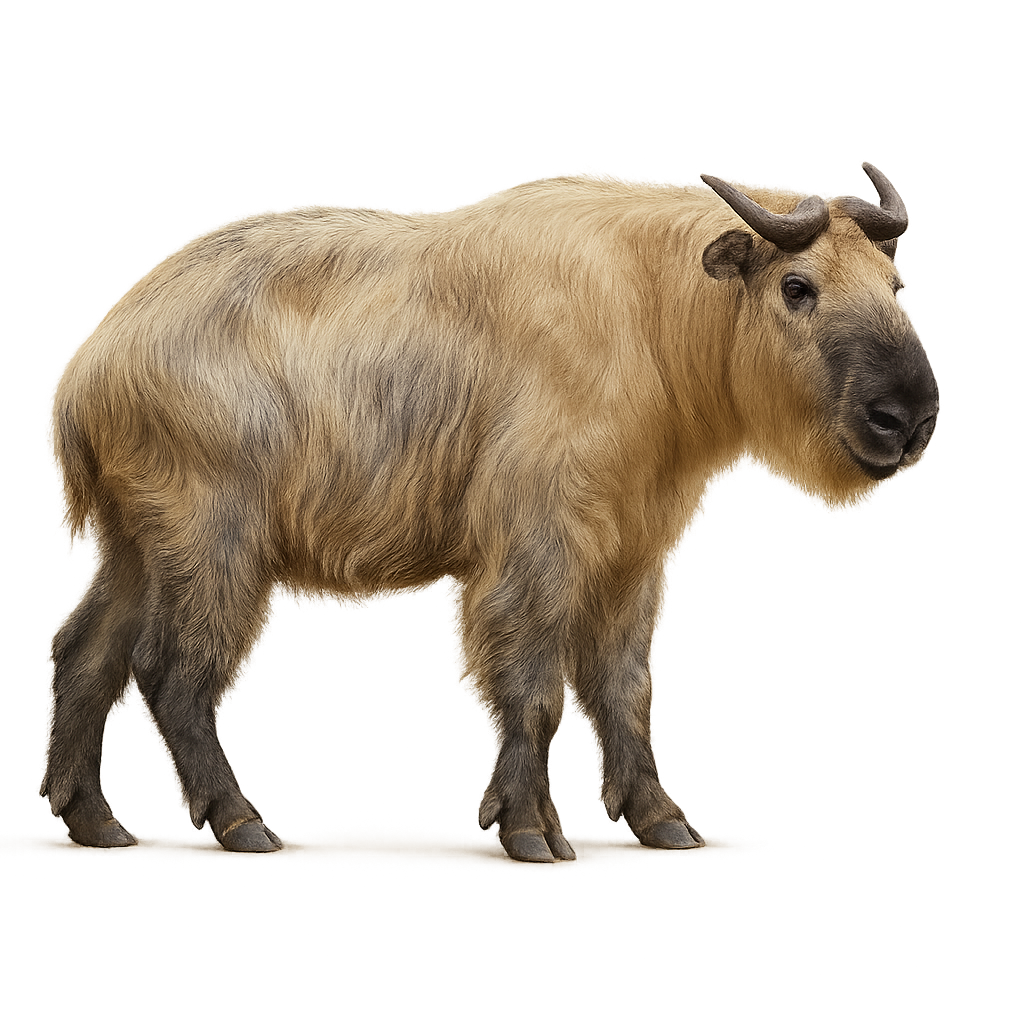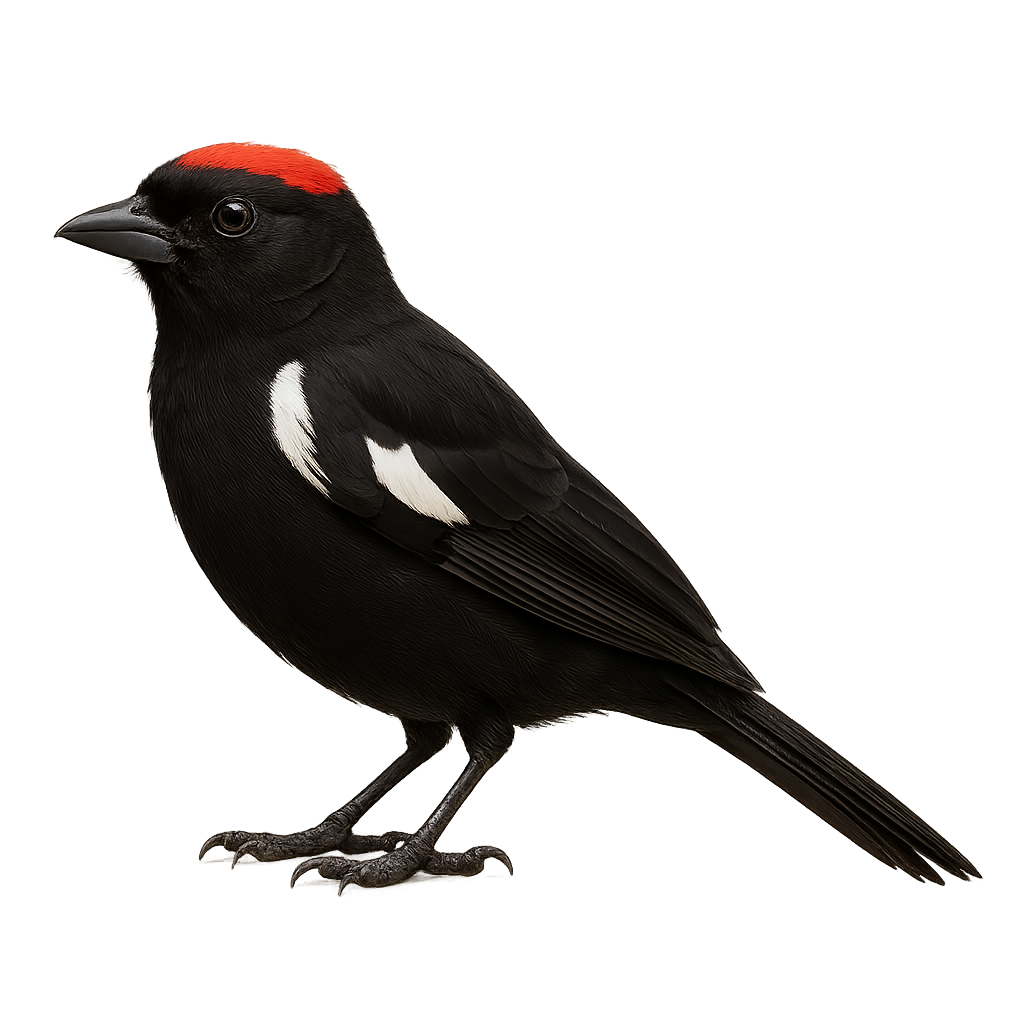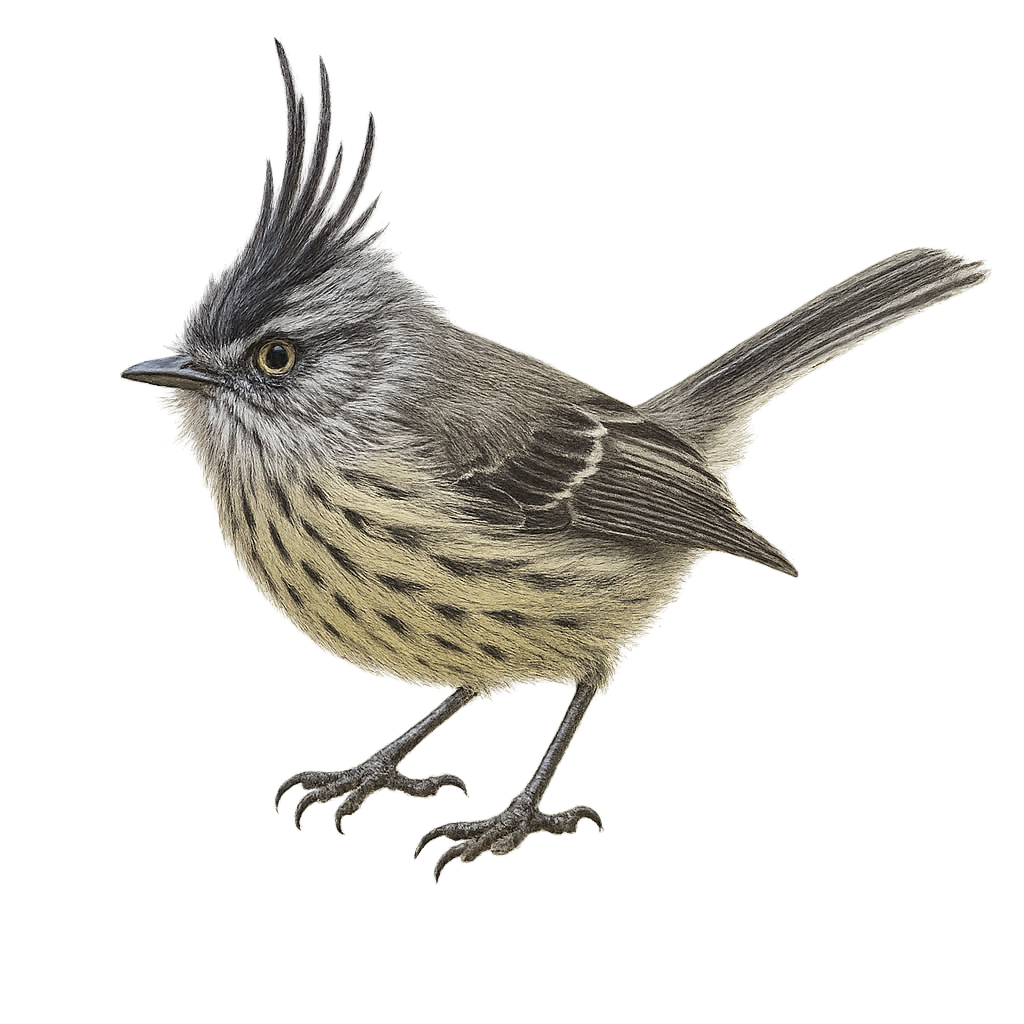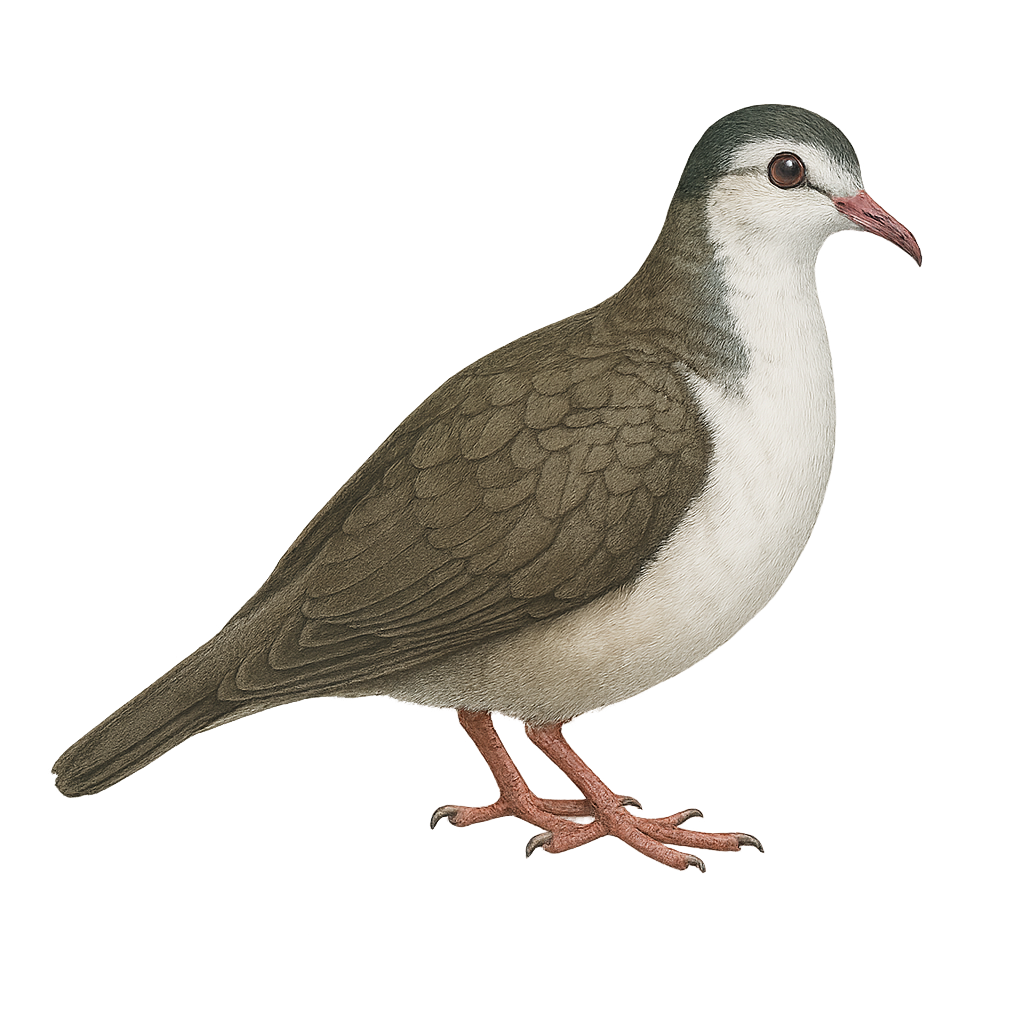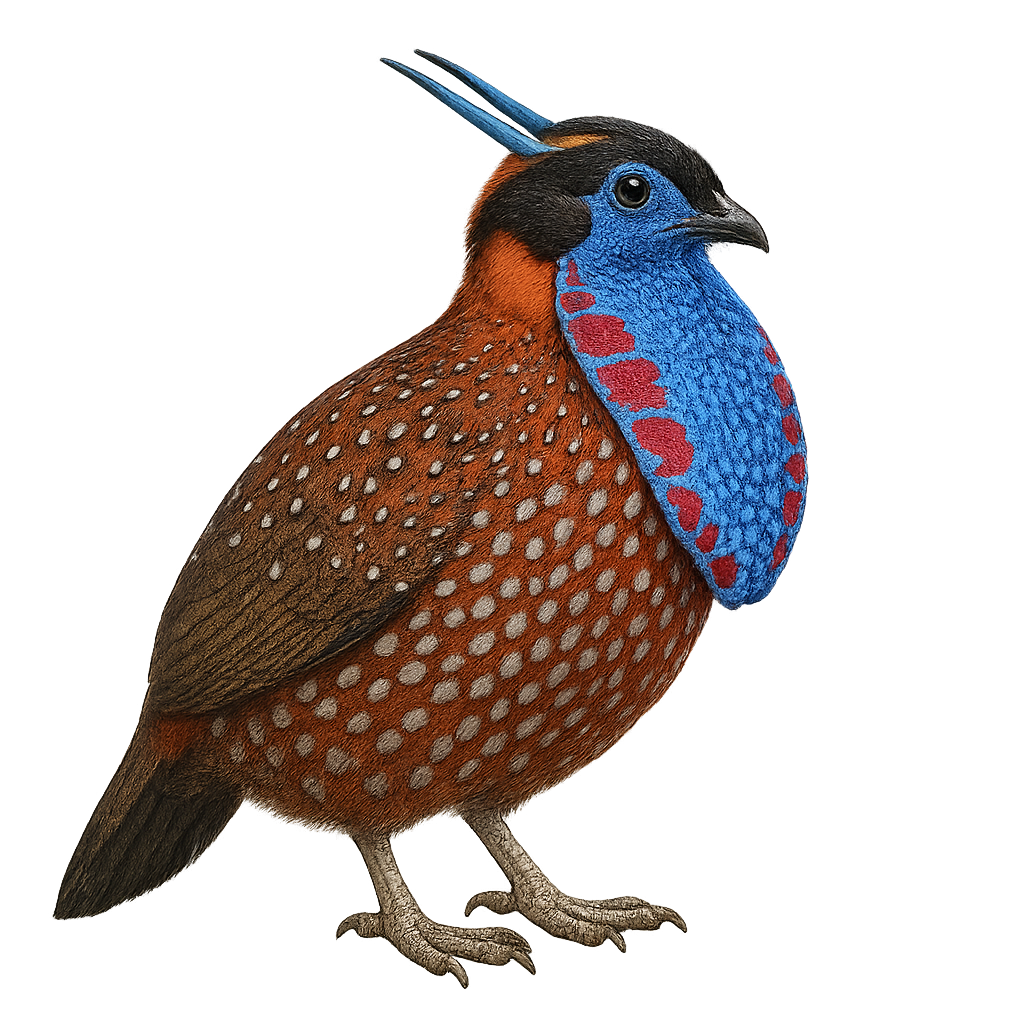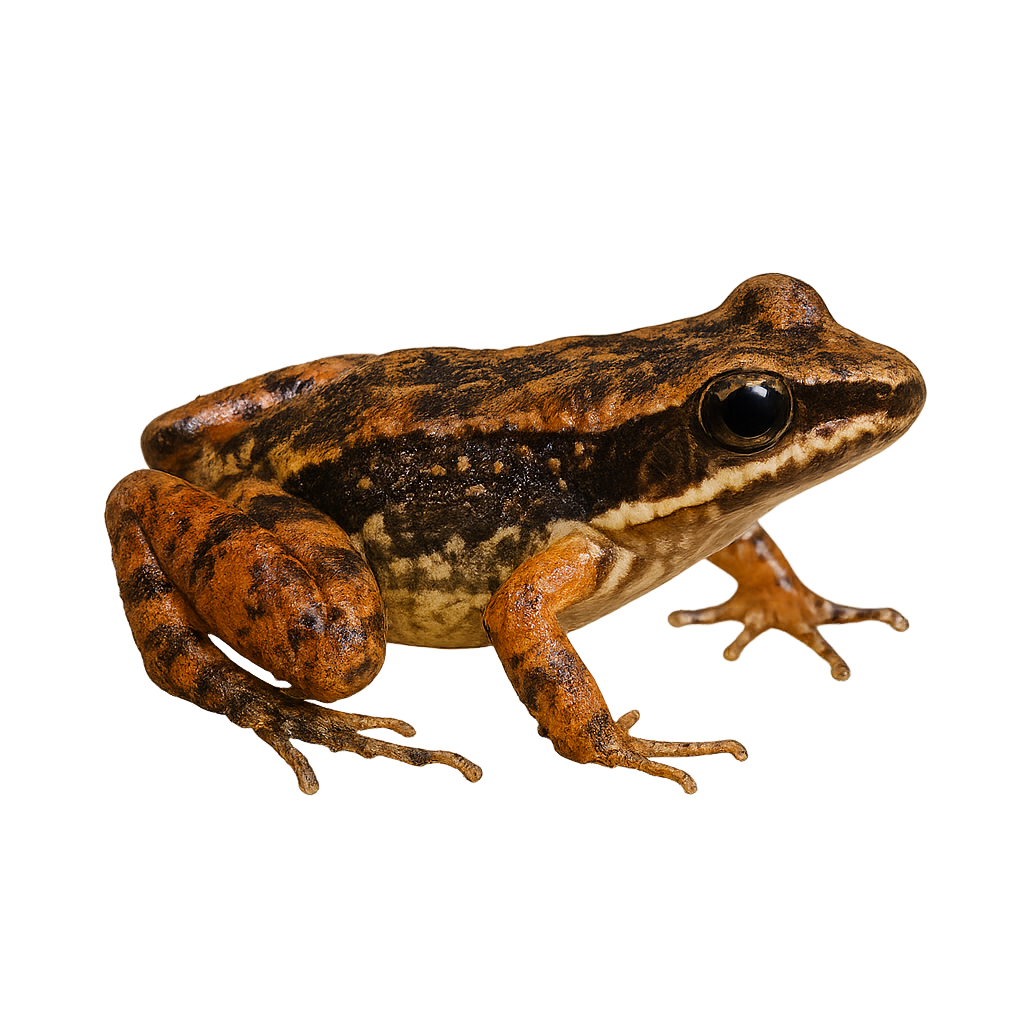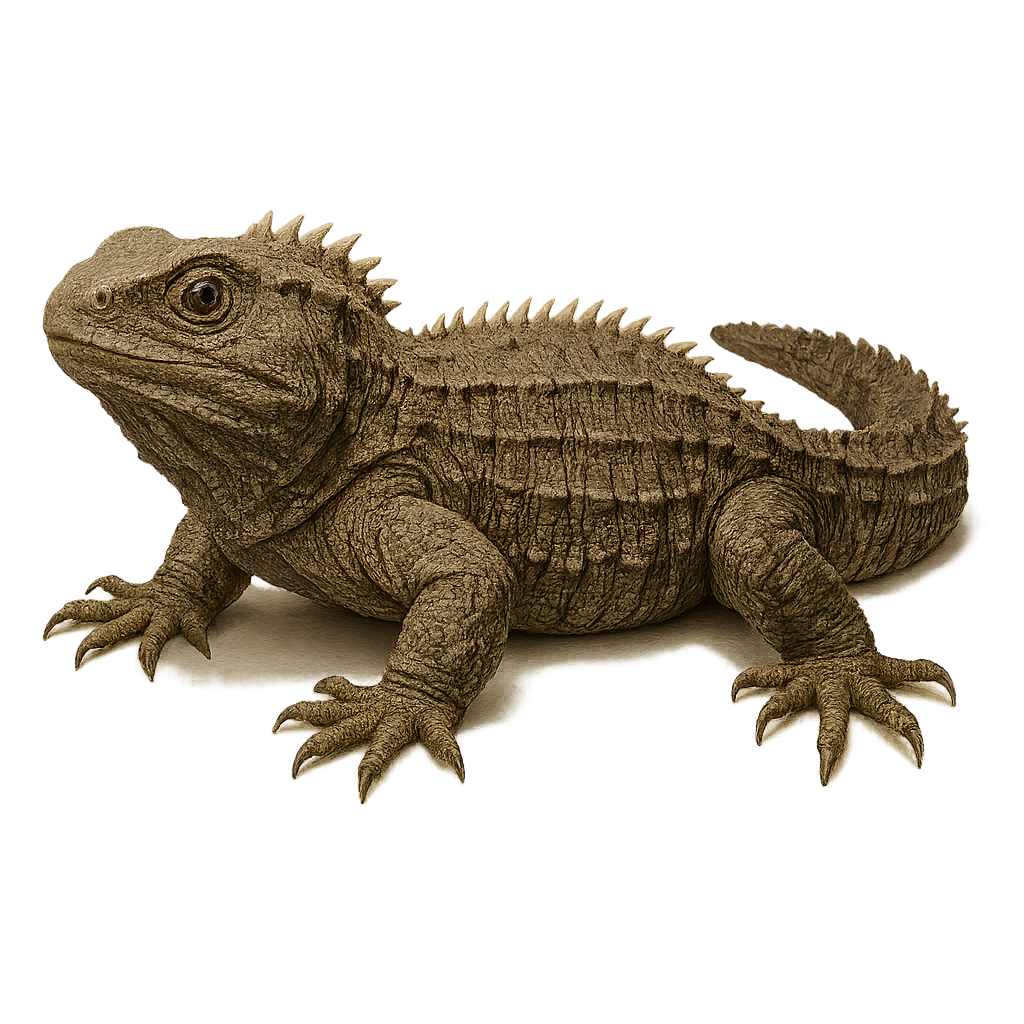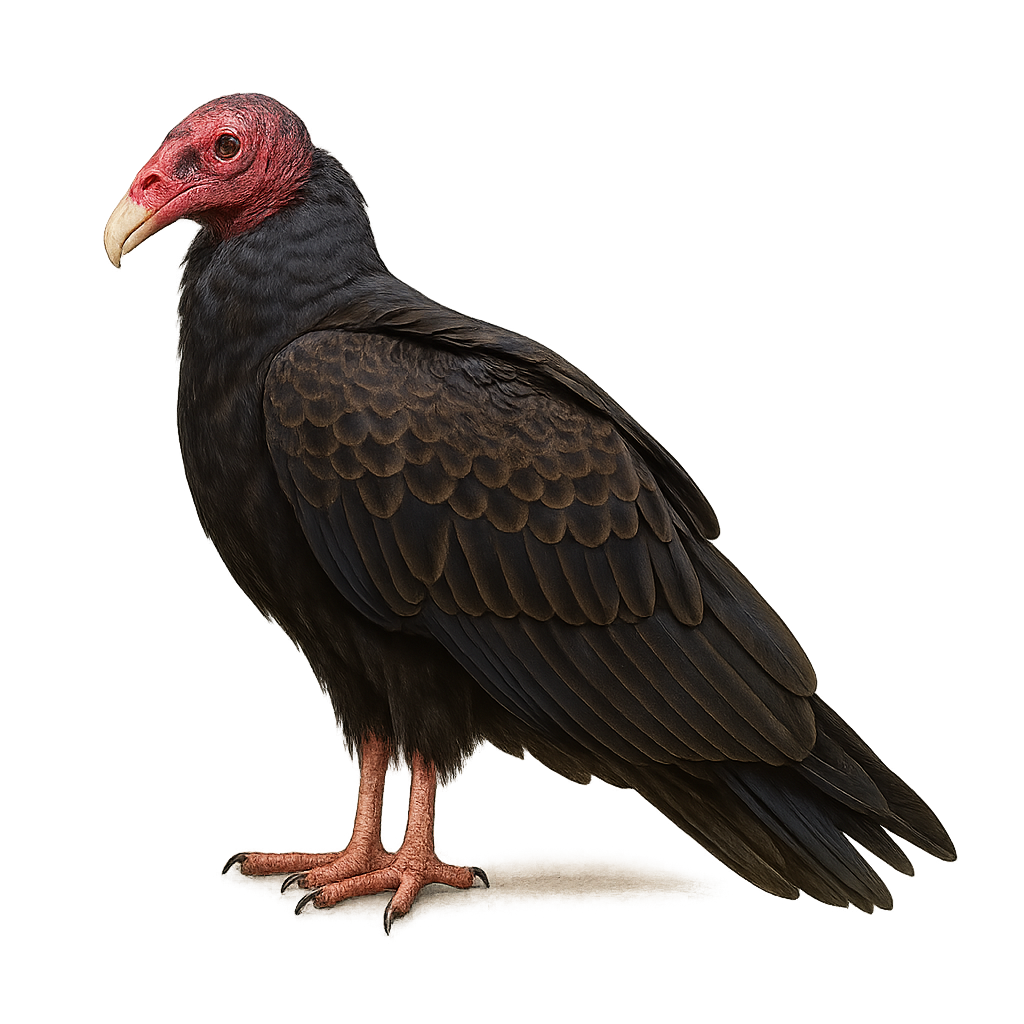The Tibetan Fox is a small carnivore endemic to the mountainous regions of Tibet, Nepal, and northern India. It measures about 45 to 60 cm in length, with a tail of 30 to 40 cm, and weighs between 2 and 3 kg. Its fur is typically light gray to brown, with darker shades on the back and lighter underparts. It has large pointed ears and a long bushy tail. The Tibetan Fox is an opportunist, feeding on small mammals, birds, fruits, and berries. It primarily lives in dry and mountainous regions, where it digs burrows to protect itself from the cold. Although its population remains relatively stable, the Tibetan Fox is vulnerable to habitat loss and hunting.
The tiger salamander is a robust terrestrial amphibian of 15–25 cm (sans la queue), with an olive to brown body marked by yellow blotches and a pale throat. A nocturnal and crepuscular species inhabiting woodlands, damp meadows and pond margins, it feeds on insects, worms and molluscs. During breeding, males produce low underwater calls to attract females to egg-laying sites.
The Sus scrofa moupinensis, commonly known as the Tibetan wild boar, is a subspecies of wild boar found primarily in the mountainous regions of Central Asia. It is distinguished by its robustness and ability to adapt to various environments, ranging from dense forests to alpine meadows. Its coat is generally thicker and darker than that of other subspecies, allowing it to better withstand cold temperatures. Males have prominent tusks, which they use for defense and for digging in the ground in search of food. As an omnivore, its diet is varied and includes roots, tubers, fruits, and small animals.
The Texas Spiny Lizard, scientifically known as Sceloporus olivaceus, is a medium-sized reptile, typically measuring between 18 and 28 cm in length. Its coloration ranges from gray to brown, with band-like or spotted patterns that provide excellent camouflage in its natural habitat. This lizard is primarily arboreal, preferring trees and shrubs for hiding and hunting. It has spiny scales that offer protection from predators. Active mainly during the day, it feeds on insects and other small invertebrates. The Texas Spiny Lizard is a suspicious creature but can become accustomed to human presence if not disturbed.
The Tibetan macaque, or Macaca thibetana, is a robust and imposing primate native to the mountainous forests of China. It is distinguished by its thick fur, ranging from golden brown to gray, and its bare, pinkish face. Males are significantly larger than females, sometimes reaching 13 kg. These macaques live in complex social groups led by a dominant male. They are omnivorous, feeding on fruits, leaves, insects, and occasionally small animals. Their habitat is generally between 800 and 2500 meters in altitude, where they adapt to climatic variations. Although their population is stable, deforestation and hunting pose potential threats.
The Macaca sinica, commonly known as the toque macaque, is a primate species endemic to Sri Lanka. Recognizable by its tuft of hair on the top of its head, this monkey has a golden-brown coat with a lighter belly. It primarily inhabits tropical forests but also adapts to urban and agricultural areas. Highly social, it lives in hierarchical groups where females dominate. Its diet is omnivorous, consisting of fruits, leaves, insects, and occasionally small vertebrates. Unfortunately, deforestation and human expansion threaten its natural habitat, classifying it as vulnerable according to the IUCN.
The Tacazze Sunbird is a bird from the Nectariniidae family, mainly found in the mountainous regions of East Africa. It is easily recognizable by its iridescent plumage, which ranges from metallic green to deep purple, depending on the light angle. Males display brighter colors than females, who are generally duller. This bird primarily feeds on nectar but supplements its diet with insects and spiders. It is often seen in gardens, forests, and wooded areas, using its long curved beak to access flowers. The Tacazze Sunbird is a diurnal bird, active mainly in the morning and late afternoon.
The Thorn-tailed Rayadito, or Aphrastura spinicauda, is a small bird endemic to the temperate forests of southern South America, particularly in Chile and Argentina. It measures about 14 cm in length and is distinguished by its long, spiny tail, which gives it its name. Its plumage is primarily brown with shades of rufous and black, and it features a distinctive white stripe above the eye. This bird is often seen moving nimbly through branches in search of insects and spiders, which make up the bulk of its diet. Known for its social nature, it is often spotted in small groups or pairs, and is recognized for its melodious and complex song.
The Takin is a large herbivore found primarily in the mountainous regions of the Himalayas and China. It typically stands between 1.2 and 1.5 meters at the shoulder, with a body length of 1.5 to 2 meters, and weighs between 250 and 350 kg. Its fur is dense and ranges from golden to light brown, with longer hair around the throat and shoulders, giving it a robust appearance. The Takin is an excellent climber and primarily feeds on woody vegetation, leaves, young shoots, and fruits. It lives in social groups and is mainly active at dawn and dusk. While its population remains relatively stable in certain areas, this species is threatened by deforestation and human activities, including hunting and encroachment on its natural habitat.
The Tawny-crested Tanager, or Heterospingus xanthopygius, is a small, colorful songbird of lowland tropical rainforests along the Pacific coast of southern Costa Rica and western Panama. It is recognized by its reddish-brown eyebrow stripe, olive back, pale underparts, and bright yellow rump. Active in the canopy, it often joins mixed-species flocks and feeds on fruits, insects, and occasionally nectar. Though discreet, it is striking and relatively little-known outside its limited range. Its population is considered stable but sensitive to habitat fragmentation.
The Tarsier des Philippines is a small nocturnal primate found primarily in the tropical forests of Southeast Asia, notably in the Philippines, Indonesia, and Borneo. It typically measures about 10 to 15 cm in length, with a tail of 20 to 25 cm, and weighs between 100 and 150 g. The Tarsier des Philippines is known for its remarkably large eyes, which account for about one-third of its head size, allowing it to see in low-light conditions. It also has long legs and large hands, which enable it to move agilely through the trees, where it primarily hunts insects, spiders, and occasionally small vertebrates. While its population remains relatively stable in some areas, the Tarsier des Philippines is threatened by deforestation and habitat loss.
The Tufted Tit-Tyrant, or Anairetes parulus, is a small passerine bird belonging to the Tyrannidae family. It is easily recognizable by its gray and white plumage, adorned with a distinctive tuft on its head. This bird is primarily found in the mountainous regions of South America, notably in Chile, Argentina, Bolivia, and Peru. It inhabits montane forests, shrublands, and open grasslands, often at altitudes ranging from 500 to 4000 meters. The Tufted Tit-Tyrant is an active and agile bird, often seen hopping from branch to branch in search of insects. Although it is relatively not very shy, it can be challenging to spot due to its small size and lively behavior.
The tayra is a carnivorous mammal native to the forests of Central and South America. It resembles a large marten, with dark fur and a long bushy tail. It is known for its great agility and ability to climb trees, where it hunts small mammals, birds, and fruits. It is a territorial and solitary animal, preferring forested habitats. Although its population is stable, it faces threats from deforestation and hunting.
The Tiger is a large cat primarily found in the forests, savannas, and grasslands of Asia, notably in India, China, Indonesia, and Russia. It typically measures between 2.5 and 3.5 meters in length, including the tail, and can weigh between 100 and 300 kg, depending on the subspecies. The Tiger is easily recognizable by its striped coat, which varies from yellow-orange to white, with distinctive black bands. It is a solitary and territorial predator, primarily feeding on large herbivores such as deer, wild boars, and buffalo. While it is at the top of the food chain, the Tiger is threatened by habitat loss, poaching for its fur and bones, and conflicts with human populations. Some subspecies, such as the Sumatran Tiger and the Siberian Tiger, are particularly endangered.
The thylacine, or Tasmanian tiger, was a large nocturnal carnivorous marsupial up to 1.8 m long (including tail) and weighing 15–30 kg, with pale yellow fur marked by dark dorsal stripes. Endemic to Tasmania, it inhabited rainforests, scrublands, and grasslands, preying mainly on wallabies and birds at dusk and night. Solitary and shy, it sheltered in natural dens or rock crevices.
The Toco Toucan, scientifically known as Ramphastos toco, is a striking bird native to the tropical forests of South America. Easily identifiable by its large, vibrant red bill, it measures about 55 to 65 cm in length. Its plumage is predominantly black with a white throat, and its eyes are encircled by a blue ring. Despite its size, the bill is lightweight due to its hollow structure, aiding in the capture of fruits, insects, and occasionally small reptiles. The Toco Toucan is an adept climber and uses its wings for short flights between trees. It lives in small groups and communicates through harsh calls, playing a crucial role in seed dispersal.
The toco toucan is the largest toucan species (55–65 cm long), with black plumage and a white throat topped by a large bright orange bill. It inhabits tropical humid forests and woodland savannas in South America, feeding on fruits, insects, and small vertebrates. During the breeding season (February to June), it nests in tree cavities and pairs perform aerial display flights.
The Tambourine Dove, Turtur tympanistria, is a medium-sized pigeon known for its pinkish-brown plumage and black-spotted wings. It is primarily found in sub-Saharan Africa, inhabiting tropical forests, wooded savannas, and agricultural areas. Its call, a soft and repetitive cooing, is often heard at dawn and dusk. This species is monogamous, forming lasting pairs. It feeds mainly on seeds, small fruits, and insects. Although its habitat is threatened by deforestation, it remains relatively common and adaptable.
The Temminck's Tragopan is a colorful pheasant native to the mountainous forests of Southeast Asia, particularly in China, India, and Myanmar. This pheasant is renowned for its vibrant plumage, especially in males, which display bright colors ranging from red to blue, with white-spotted patterns. Females, more discreet, have brown plumage that allows them to blend effectively into their surroundings. The Temminck's Tragopan is a shy bird, preferring dense and humid forest areas where it primarily feeds on vegetation, seeds, and insects. Although its habitat is threatened by deforestation, it remains relatively common in some regions.
The Truando rocket frog, or Colostethus latinasus, is a small frog belonging to the Dendrobatidae family. It is primarily found in lowland tropical rainforests in South America, particularly in Colombia and Venezuela. This species is characterized by its brown coloration with lighter patterns on the back and striped legs. It is generally active during the day and feeds mainly on small insects. Although discreet, it plays an important role in the ecosystem by regulating insect populations. Its reproduction is linked to the rainy seasons, when males emit calls to attract females.
The Thick-billed Ground Pigeon is a fascinating bird belonging to the Columbidae family. It is primarily found in the tropical forests of New Guinea. This bird is distinguished by its subtly colored plumage of browns and grays, allowing it to blend seamlessly into its forest environment. The Thick-billed Ground Pigeon is a terrestrial bird, preferring to walk on the ground rather than fly. It mainly feeds on seeds and small fruits found on the forest floor. Its discreet nature and suspicious behavior make it difficult to observe in its natural habitat. Despite this, it plays a crucial role in the ecosystem by dispersing seeds.
The Sphenodon punctatus, commonly known as the tuatara, is a reptile endemic to New Zealand. Often considered a living fossil, it belongs to an order of reptiles that thrived around 200 million years ago. The tuatara is nocturnal, primarily active at night, and feeds on insects, spiders, small birds, and eggs. It is recognizable by its spiny crest along the back, more pronounced in males. Tuataras have an exceptional lifespan, with some living over 100 years. They are oviparous, and females lay eggs that take between 12 and 15 months to hatch. Although protected, tuataras are threatened by habitat loss and introduced predators.
The Turkey Vulture, or Cathartes aura, is a large scavenging bird of prey native to the Americas, easily identified by its red, featherless head and dark brown plumage. It plays a vital role in the ecosystem by consuming carrion, thus helping to prevent the spread of disease. With an excellent sense of smell, it can detect gases emitted by decaying carcasses. In flight, it is often seen soaring with its wings in a V-shape, using thermal updrafts to conserve energy. Although typically solitary, it can gather in large groups to feed. Its ability to adapt to various habitats, from forests to deserts, makes it a resilient and widespread bird.



